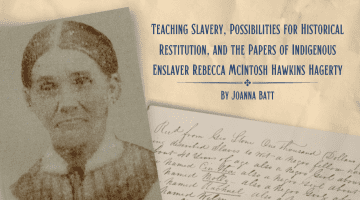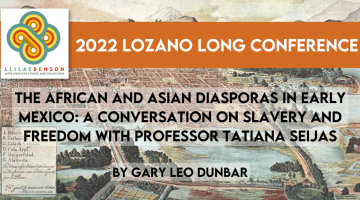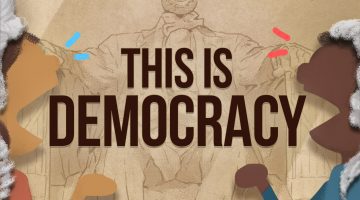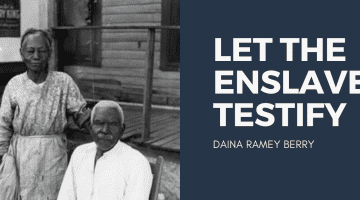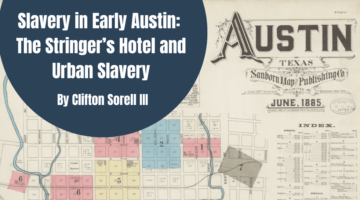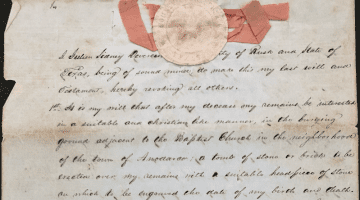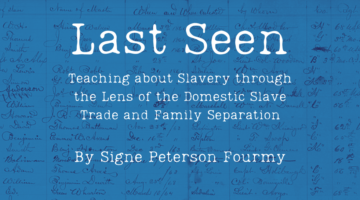
History education has been under attack recently. Or, more specifically, efforts to accurately teach the painful, brutal history of slavery are under attack. Teaching the hard history of slavery has long been a problem in American classrooms. Recently, the battle over state curriculum standards has intensified as some seek to revive a version of history […]
